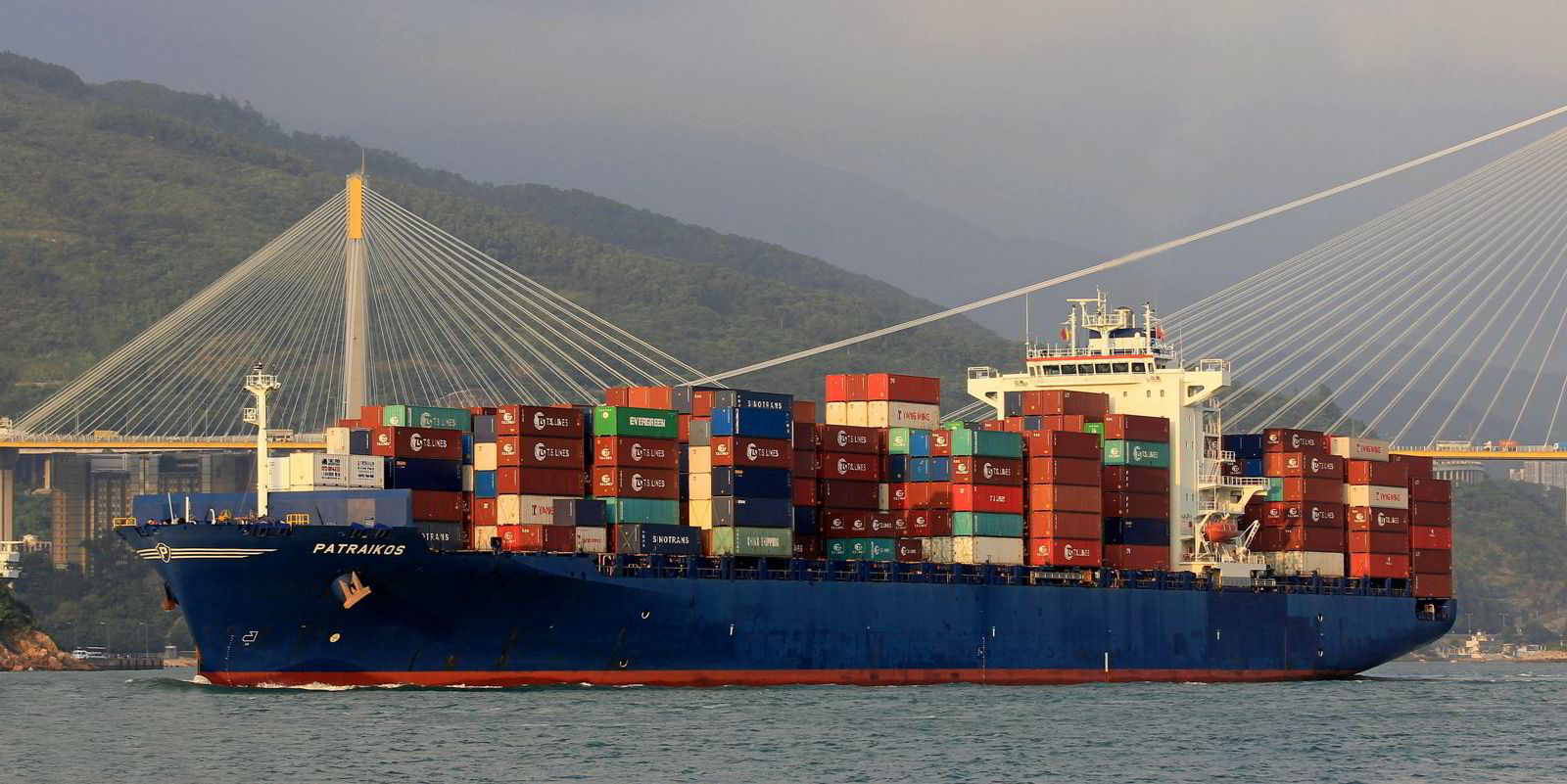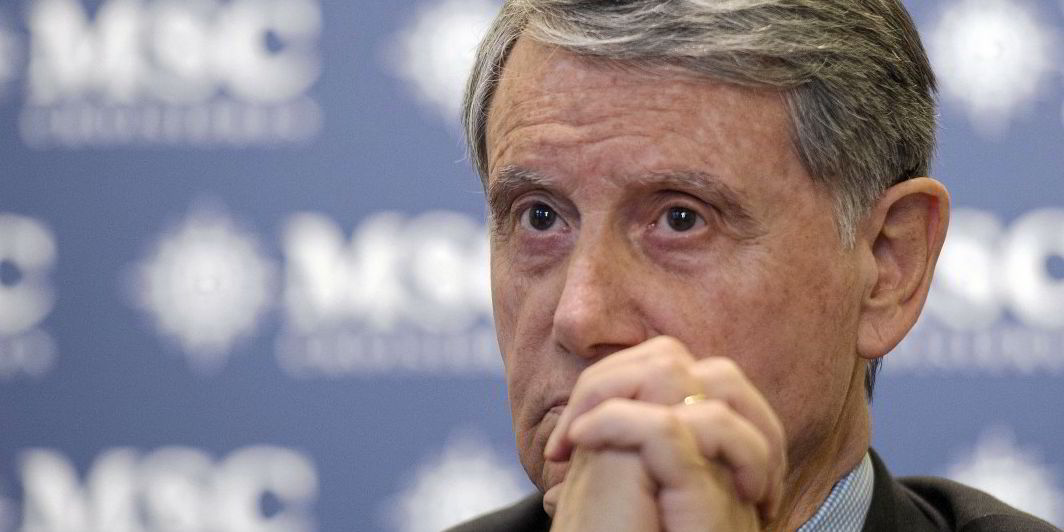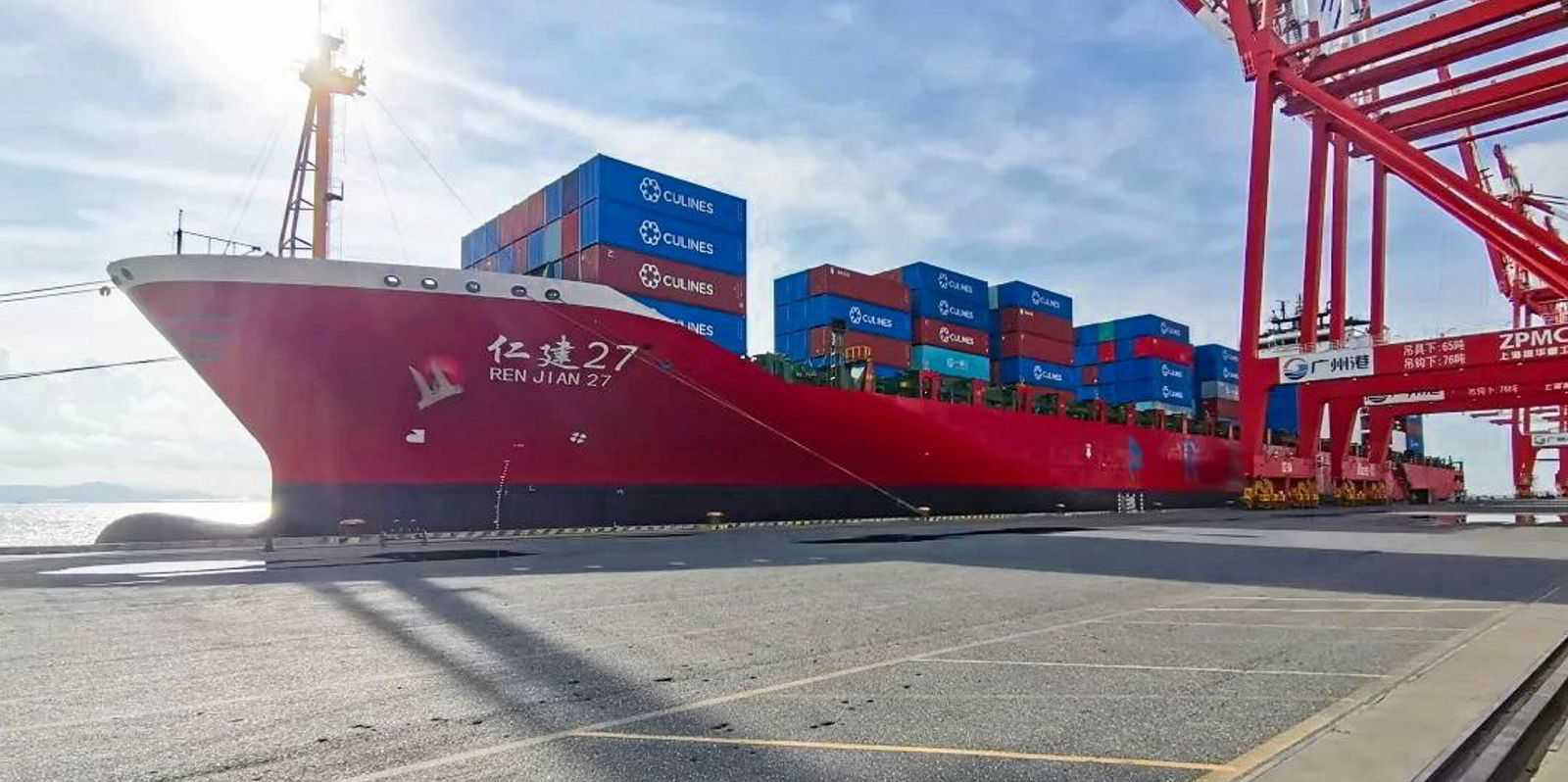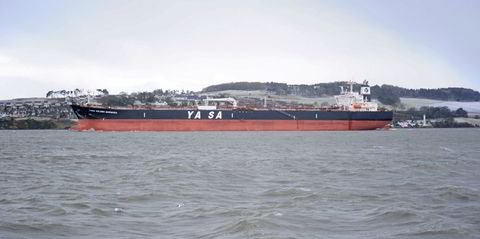Container ship owners are capitalising on rising charter rates ahead of the Chinese New Year next month.
However, the end may be in sight — at least for freight markets, where rates have already begun to fall.
Strong demand for ships, combined with tight supply this week, helped lift boxship charter rates to their strongest levels in weeks.
The Harper Petersen index — which measures rates from feeders through to 8,500-teu ships — breached 1,000 points, up 25% from its 12-month low in December.
Average boxship earnings were $19,590 per day, up from a 12-month low of $16,569 in December, according to Clarksons Research.
Brokers report that rates and charter periods have risen considerably, as Red Sea diversions create additional tonnage requirements.
That is affecting the larger sizes in particular.
Cape Shipping’s 6,865-teu Cape Pioneer (built 2017) is fixed for three years with Germany’s Hapag-Lloyd at a rate reportedly close to $34,000 per day.
Two other German-managed vessels have secured charters at rates around one-third higher than the end of 2023 of $31,000 and $32,000 per day with China’s Cosco Shipping Lines.
The 6,732-teu MSC Alessia and MSC Ilona (both built 2001) are reported fixed for 12 to 14 months from the second quarter.
Rates for traditional panamax boxships have breached $20,000 per day for the first time in months.
German owner Reederei Foroohari fixed the 4,498-teu BF Giant (built 2010) for a year with Dubai’s Emirates Shipping Line at $24,750 per day.
That has fed through to smaller sizes, where rates have risen by around $1,000 per day over the week.
AP Moller-Maersk has taken the 2,714-teu newbuildings Cape Sorel and Cape Serrat for two years at around $17,500 per day. They are slated for delivery to Schoeller Holdings subsidiary Cyprus Green World in March.
Freight markets peak
So far, the stronger charter market has not led to many secondhand deals.
However, UK asset manager Hayfin Capital Management recently sold the 2,702-teu GH Bora (built 2009) to a German owner for $12.4m.
And while charter rates keep rising, the container freight market appears to have plateaued.
Shipping costs on key trades from the Far East to Europe spiked more than 200% in the first 52 days of the Red Sea crisis, according to the Xeneta freight benchmarking portal.
This surge is even faster than the rate observed during the early months of the pandemic.
Yet rates appear to have peaked and are levelling out or dropping on most routes in recent days, according to data from the Freightos Baltic Index.
The only route on which rates rose in recent days was from China to the US East Coast, which is up $301 to $6,497 per 40-foot equivalent unit.
Rates from China to northern Europe are substantially lower at $5,340 per feu, down from their peak of $5,817 in mid-January.

Rates from China to the Mediterranean have slipped to $6,345 per feu, down from nearly $7,000 per feu in mid-January.
“Rates have not hit anywhere near the levels we saw during Covid-19, but the sudden nature of the Red Sea crisis has seen a more rapid increase in rates, which is arguably creating even more disruption than during the early months of the pandemic,” said Xeneta market analyst Emily Stausboll.
“It is inevitable that rates will come down once carriers are able to deal with the capacity crunch in the Far East resulting from ships being delayed returning from Europe via the Cape of Good Hope.”
However, shippers are becoming increasingly impatient and suspicious of carriers seeking to keep rates elevated for as long as possible.
With the market expected to peak during February, it remains to be seen how long shippers’ patience will last, she said.






